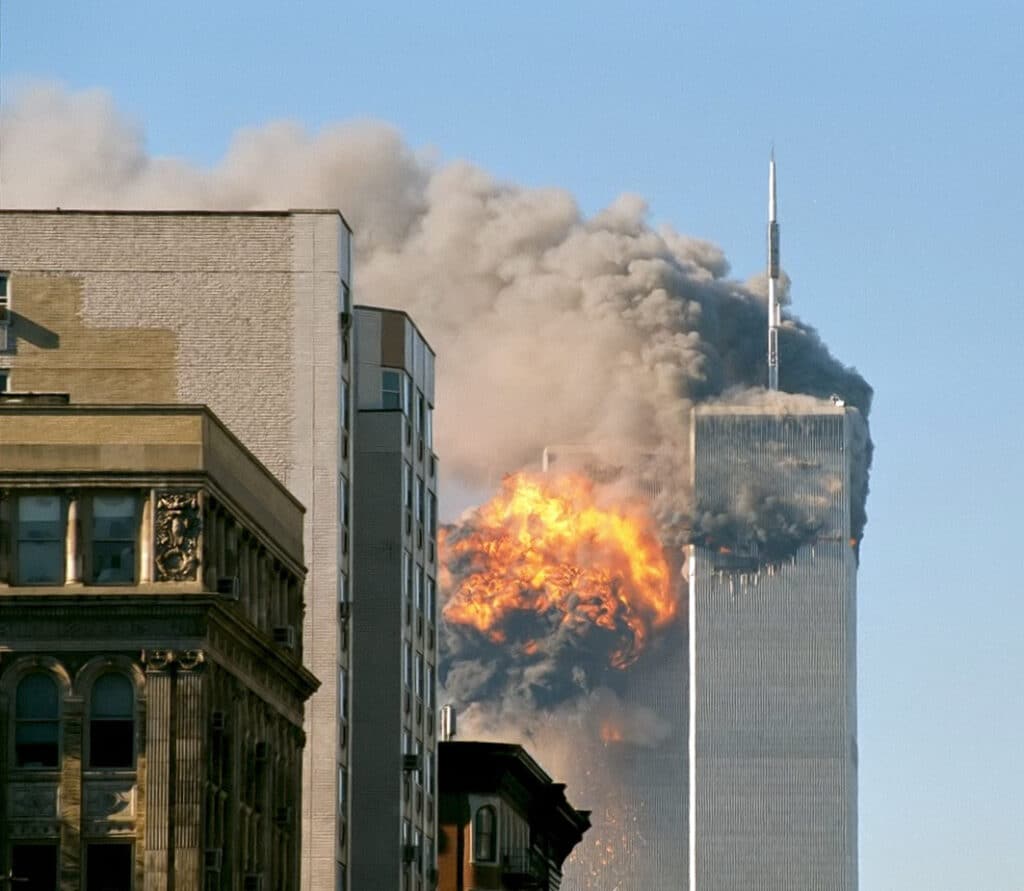Portraits in Oversight:
Joint Inquiry into Intelligence Issues Related to the September 11, 2001 Terrorist Attack

On September 11 (9/11), 2001, the Al-Qa’ida terrorist organization hijacked four commercial airplanes and flew two into the World Trade Center buildings in New York and one into the Pentagon in Washington, D.C. The final plane crashed in a field in Pennsylvania. The deadliest terrorist attack on American soil, resulting in the deaths of 3,025 people, led to the first ever bicameral investigation by the two standing intelligence committees in Congress. Their joint inquiry disclosed U.S. intelligence failures, won declassification of key facts to inform the public, and helped enact multiple intelligence reforms.
Sen. Bob Graham of Florida, chair of the Senate Select Committee on Intelligence, and Rep. Porter Goss of Florida, chair of the House Permanent Select Committee on Intelligence, met in the last week of September 2001, and agreed that the best way forward was a joint investigation into what the intelligence community had missed leading to the tragedy. They decided that, to conduct the investigation in a bipartisan fashion and avoid pulling regular staff from other committee work, an independent team of investigators should be hired for the task.[1] On February 14, 2002, they announced the Joint Inquiry into Intelligence Community Activities Before and After the 9/11 Terrorist Attacks.
Because the 107th Congress featured a Democratic Senate and Republican House, leadership of the Joint Inquiry was politically balanced. Democratic Sen. Graham and Republican Rep. Goss served as co-chairs of the Joint Inquiry with equivalent authority. They were joined by Republican Sen. Richard Shelby of Alabama, then Vice Chair of the Senate intelligence committee, and Democrat Rep. Nancy Pelosi of California, then Ranking Member on the House intelligence committee,[2] as the so-called “Big 4” leading the investigation. The four leaders decided at the outset of the Joint Inquiry that all of their decisions would be unanimous. Sen. Graham said that this decision was made to signify their trust in one another.[3]


Eleanor Hill, staff director of the Joint Inquiry, said of the process, “The Joint Inquiry leadership strove for consensus. It worked because they were respectful of each other, they were willing to work together to reach agreement even on difficult issues, and they understood, in the wake of the attacks, how important what they were doing was to the country.”[4]
The Joint Inquiry employed a staff of 24, with investigators representing a variety of fields including law enforcement, government oversight, and various sectors of the intelligence community.[5] Ms. Hill explained, “The Joint Inquiry investigative staff were experienced professionals. They focused on following the facts, and not on partisanship. The staff worked for both the House and the Senate committees, and for both the Democrats and Republicans.”[6]
The House and Senate intelligence committees agreed that the Joint Inquiry’s three main objectives would be to:
- conduct a factual review of what the Intelligence Community knew or should have known prior to September 11, 2001, regarding the international terrorist threat to the United States …[;]
- identify and examine any systematic problems that may have impeded the Intelligence Community in learning of or preventing these attacks in advance; and
- make recommendations to improve the Intelligence Community’s ability to identify and prevent future international terrorist attacks.[7]
The Joint Inquiry’s charter limited its work to understanding the key intelligence failures and completing its investigation by January 2, 2003, when the 107th Congress adjourned, since the membership of the two standing committees would change in the next congressional session and might disrupt the effort.[8] Due to logistical delays in getting underway, the staff had, in effect, about six months, from May to November 2002, to conduct its factfinding and the month of December to write a final report.[9] The inquiry was assigned a budget of $2.6 million, which some thought was insufficient.[10] Committee member Shelby noted with concern at the first hearing that, “to be a success, an inquiry needs time and resources. If you limit either one, your chances of success diminish significantly. Unfortunately, I believe we have a short supply of both in this inquiry.”[11]

In the days after 9/11, many were quick to blame the success of the
terrorists’ diabolic plot on failures of intelligence or preparedness. These
public hearings are part of our search for truth, not to point fingers or to
pin blame, but with the goal of identifying and correcting whatever systemic
problems might have prevented our government from detecting and disrupting
Al-Qa’ida’s plot.[12]

Though watchdog organizations initially doubted that public hearings would provide much insight into U.S. intelligence failures, they were proven wrong. Intelligence policy analyst Steven Aftergood of the Federation of American Scientists admitted, “It’s much more informative than I would have anticipated.” He noted that the investigation “has been churning out new information about exactly what did and did not occur in the month leading up to 9/11. It is very concrete, very specific.” Of the committee chairs, he added, “Both Graham and Goss have risen to the occasion …. They have done a better job of oversight in this case than at any point previously.”[13]
Witnesses at the public hearings included former National Security Advisor General Brent Scowcroft; Deputy Secretary of Defense Paul D. Wolfowitz; former Assistants to the President for National Security Affairs Anthony Lake and Samuel Berger; FBI Director Robert Mueller; former FBI Directors William Webster and Louis Freeh; CIA Director George Tenet; NSA Director Lieutenant General Michael Hayden; September 11th Advocates co-chair Kristen Breitweiser, who lost her husband in the World Trade Center collapse; and co-founder of Families of September 11th Stephen Push, who lost his wife in the Pentagon attack; among others. In addition, several FBI and CIA agents testified from behind screens to protect their identities.
Each hearing began with a staff statement in which Ms. Hill outlined the pertinent evidence uncovered by the investigative staff. Sen. Graham explained why the Joint Inquiry chose to begin its hearings with a summary of the evidence:
First, they enabled the inquiry, in a coherent and comprehensive way, to give the American public a clear picture of the complex facts and circumstances that constituted the story of September 11. Secondly, they ensured that committee members, regardless of how well they had prepared, would begin the hearings with the same foundation of knowledge. Third, they forced the witnesses to address our concerns from the very outset.[14]


The Joint Inquiry held nine public hearings and 13 closed sessions. Sen. Graham and Rep. Goss traded the gavel weekly.[15] During the course of the investigation, the staff reviewed nearly 500,000 pages of documents and interviewed 300 individuals. The staff also heard from 600 other members of the intelligence community and governmental organizations.[16]
The Joint Inquiry kept to its self-imposed deadline to complete its work. The two standing committees voted separately and unanimously to approve the final classified report, which was officially filed on December 20, 2002. The classified report was about 450 pages long with lengthy appendices that, when added to the text, exceeded a total of 800 pages. At the time the report was approved, however, due to its classified nature, the Joint Inquiry released to the public only the report’s unclassified findings and recommendations.
After approving the classified report, the Joint Inquiry launched an effort to declassify as much of the text as possible so that the 9/11 families and the public could learn about the intelligence failures prior to the attack. Rep. Pelosi explained the inquiry’s position:
[W]e must conduct our inquiry in the most open way possible, so that information that can be made available to the public, and especially to the families, is made available. Only in the case of protecting sources and methods should it be withheld, not in the case of protecting reputations or to avoid embarrassment to some.[17]
The intelligence failures described in the Joint Inquiry Report included a finding that, while significant intelligence about Usama Bin Laden had been collected by the intelligence community, “none of it identified the time, place, and specific nature of the attacks that were planned for September 11, 2001.”[20] The report noted that while intelligence suggesting an attack on U.S. interests had increased substantially in the months prior to 9/11, the intelligence community had maintained its prevailing theory since 1998, that the major threat was against U.S. interests overseas. The report also found that while the intelligence community had learned as early as 1994 that terrorists were considering the use of airplanes in attacks, it never focused on that information. Additionally, the report found that a lack of language specialists to translate critical communications had led to a severe backlog.
Overall, the report found that U.S. intelligence agencies had difficulty adapting to post-Cold War threats such as Al-Qa’ida, failed to recognize significant intelligence, and failed to disseminate important information to other agencies or take necessary actions.[21] Although some intelligence agencies had been aware that some of the hijackers were in the United States, and even had contact with several, the report found that the agencies had failed to appreciate the threat and did not detain the hijackers or add them to a watchlist to prevent their entry into the country.

The Joint Inquiry’s findings added weight to a then growing congressional effort to strengthen what was increasingly called “homeland security.” On November 25, 2002, after the Joint Inquiry’s hearings but before its final report, Congress passed and President George W. Bush signed into law the Homeland Security Act establishing the new Department of Homeland Security (DHS). The law stated DHS would, among other objectives, work to:

“(A) prevent terrorist attacks within the United States;
“(B) reduce the vulnerability of the United States to terrorism; [and]
“(C) minimize the damage, and assist in recovery, from terrorist attacks that do occur within the United States.”[22]
Headed by a Cabinet-level Secretary of Homeland Security, the new DHS brought 22 federal agencies under one umbrella and charged them with protecting the United States, including the U.S. Customs Service, Immigration and Naturalization Service, Federal Emergency Management Agency, U.S. Coast Guard, U.S. Secret Service, and more.
In its December 2002 report, the Joint Inquiry made 19 recommendations focused on the intelligence community. The recommendations included:
- Creating a Director of National Intelligence to oversee all the intelligence agencies and advise the president at the Cabinet level;
- Requiring the National Security Council to update and clarify U.S. intelligence priorities and prepare a strategy for combatting terrorism;
- Establishing a DHS “all-source terrorism information fusion center” focused on analysis and dissemination of intelligence information to all intelligence agencies;
- Strengthening the FBI’s anti-terrorism role by constructing FBI counterterrorism career tracks, setting FBI anti-terrorism priorities, and strengthening FBI training on Foreign Intelligence Surveillance Act (FISA) warrants and courts;
- Evaluating possible FISA amendments to improve handling of terrorist threats;
- Improving “information sharing” among law enforcement and intelligence agencies, translation capabilities, FISA surveillance, and anti-terrorism watchlists;
- Strengthening congressional oversight of the intelligence community; and
- Increasing intelligence evaluation of foreign government support of terrorist activity against the United States.[23]
The Joint Inquiry also supported establishment of an independent commission to further investigate the 9/11 attack, since its own mandate had ended.[24] In November 2002, Congress established the National Commission on Terrorist Attacks Upon the United States, popularly called the 9/11 Commission.[25] Bipartisan and independent, the 9/11 Commission was composed of ten commissioners, including four former members of Congress. Its chair was former New Jersey governor Thomas H. Kean, a Republican, and its vice chair was Lee H. Hamilton, a Democrat and former longtime chair of the House Foreign Affairs Committee. The commission held 12 public hearings and released a nearly 600-page public report on July 22, 2004. Two staff monographs, one on terrorist financing and the other on travel by the hijackers, were also released on August 21, 2004. The Commission ended its work the same day.[26]
Over time, Congress took additional steps to strengthen U.S. anti-terrorism programs and capabilities. In 2005, for example, Congress abolished term limits on its intelligence committees to enable committee members to gain the expertise and experience needed to exercise effective oversight of the intelligence community.[27] In 2007, Congress enacted the Implementing Recommendations of the 9/11 Commission Act which addressed a wide range of intelligence issues, including better sharing of intelligence information across the U.S. government, disrupting travel by terrorists, modernizing U.S. emergency communication systems, and protecting critical U.S. infrastructure. Since then, controversies have arisen over whether Congress has gone too far in elevating anti-terrorism programs over civil liberties.

The 9/11 terrorist attack shocked and horrified the U.S. public, producing national turmoil, fear, and uncertainty. The joint congressional investigation into the attack produced a thoughtful, bipartisan, bicameral inquiry into U.S. intelligence failures with an unprecedented level of cooperation between the House and Senate intelligence committees. It provided a clear-eyed evaluation of U.S. intelligence weaknesses, fought for declassification of the facts to inform the public, and helped enact reforms to strengthen U.S. anti-terrorism efforts. In a time of despair, disquiet, and disruption, the Joint Inquiry demonstrated Congress’ capacity to meet its oversight responsibilities and advance intelligence reforms.

Learn More
- Joint Inquiry Report
- Recommendations of the Final Report
- Joint Inquiry Hearings
- Improving Intelligence (PBS Newshour interview of Sens. Graham and Shelby on the release of the Joint Inquiry report – a transcript and video)
- 9/11 Memorial & Museum and Names on the 9/11 Memorial Wall
- Intelligence Matters: The CIA, the FBI, Saudi Arabia, and the Failure of America’s War on Terror by Senator Bob Graham
[1] Graham, B., & Nussbaum, J. (2004). Intelligence matters: The CIA, the FBI, Saudi Arabia, and the failure of America’s war on terror [eBook edition]. Random House.
[2] Rep. Pelosi did not become Speaker of the House for another five years, in 2007.
[3] Graham, B., & Nussbaum, J. (2004).
[4] E. Hill, personal communication, February 9, 2022.
[5] Congressional Research Service. (2003, January 16). The intelligence community and 9/11: Congressional hearings and the status of the investigation. Every CRS Report. https://www.everycrsreport.com/reports/RL31650.html
[6] E. Hill, personal communication, February 9, 2022.
[7] Report of the Joint Inquiry into the Terrorist Attacks of September 11, 2001. p. 1. https://www.intelligence.senate.gov/sites/default/files/documents/CRPT-107srpt351-5.pdf
[8] Graham, B., & Nussbaum, J. (2004).
[9] E. Hill, personal communication, February 9, 2022.
[10] Jacoby, M. (2002, September 29). 9/11 inquiry’s success surprises skeptics. Tampa Bay Times. https://www.tampabay.com/archive/2002/09/29/9-11-inquiry-s-success-surprises-skeptics/
[11] S. Hrg. 107-1086 (2002). p. 6.
[12] S. Hrg. 107-1086 (2002). p. 2.
[13] Jacoby, M. (2002, September 29).
[14] Graham, B., & Nussbaum, J. (2004).
[15] Joint inquiry briefing by staff on U.S. government counterterrorism organizations (before September 11, 2001) and the evolution of the terrorist threat and U.S. response: 1986 – 2001, 107th Cong. (2002). p. 2. https://irp.fas.org/congress/2002_hr/061102clarke.pdf
[16] S. Rep. No. 107-351/H.R. Rep. No. 107-792 (2002). p. 2. https://www.intelligence.senate.gov/sites/default/files/documents/CRPT-107srpt351-5.pdf
[17] S. Hrg. 107-1086 (2002). p. 8.
[18] Graham, B., & Nussbaum, J. (2004).
[19] Permanent Select Committee on Intelligence. (2016, July 15). Intel committee publishes declassified “28 pages.” U.S. House of Representatives. https://web.archive.org/web/20160722144709/http://intelligence.house.gov/news/documentsingle.aspx?DocumentID=676
[20] S. Rep. No. 107-351/H.R. Rep. No. 107-792 (2002). p. xi – xv.
[21] S. Rep. No. 107-351/H.R. Rep. No. 107-792 (2002). p. xv – xvi.
[22] Homeland Security Act of 2002, Pub. Law No. 107-296, 116 Stat. 2135 (2002), Section 101(b)(1). https://www.dhs.gov/homeland-security-act-2002
One year earlier, in October 2001, Congress enacted the Patriot Act, its first effort to address issues related to the 9/11 attack. That law passed prior to establishment of the Joint Inquiry in February 2002.
[23] S. Rep. No. 107-351/H.R. Rep. No. 107-792 Errata (2002). p. 2-17.
[24] National Commission on Terrorist Attacks Upon the United States. (2004, September 20). Retrieved February 19, 2022, from https://www.9-11commission.gov
[25] Graham, B., & Nussbaum, J. (2004).
[26] Intelligence Authorization Act for Fiscal Year 2003, Pub. L. No. 107-306 116 Stat. 2383 (2002). https://www.govinfo.gov/app/details/PLAW-107publ306
[27] Rosenbach, E., & Peritz, A. J. (2009). Confrontation or collaboration? Congress and the intelligence community. The Belfer Center, Harvard University. p. 21. https://www.belfercenter.org/sites/default/files/legacy/files/IC-book-finalasof12JUNE.pdf


